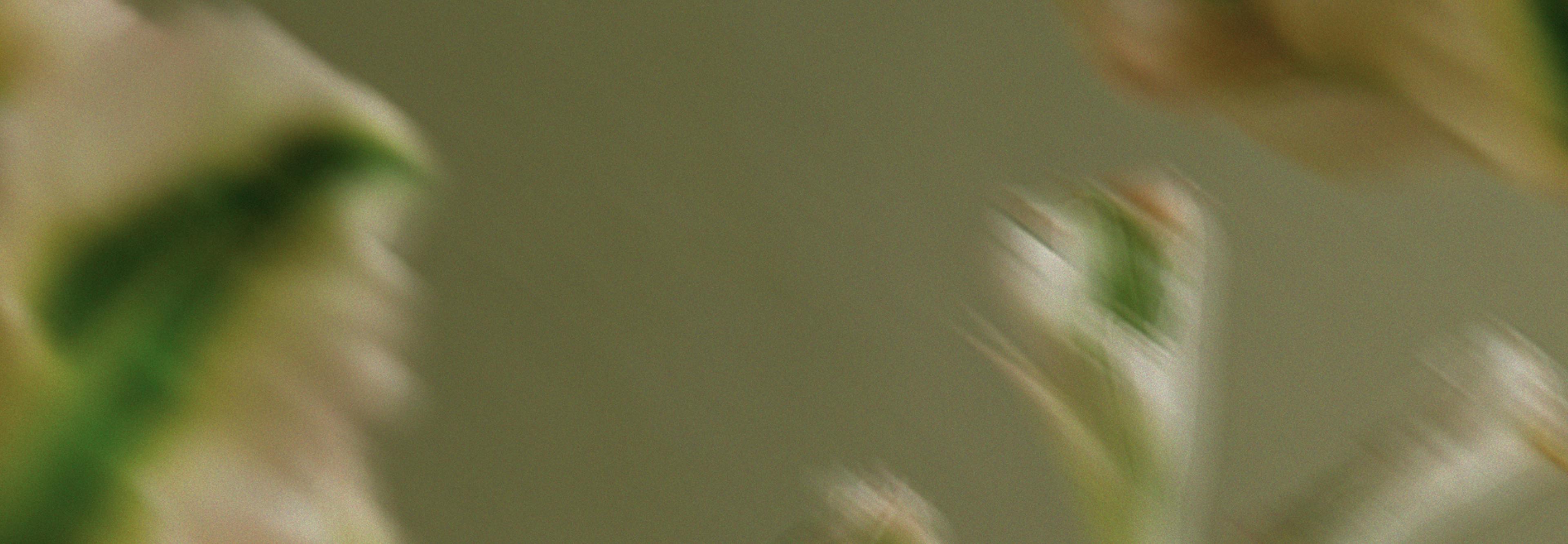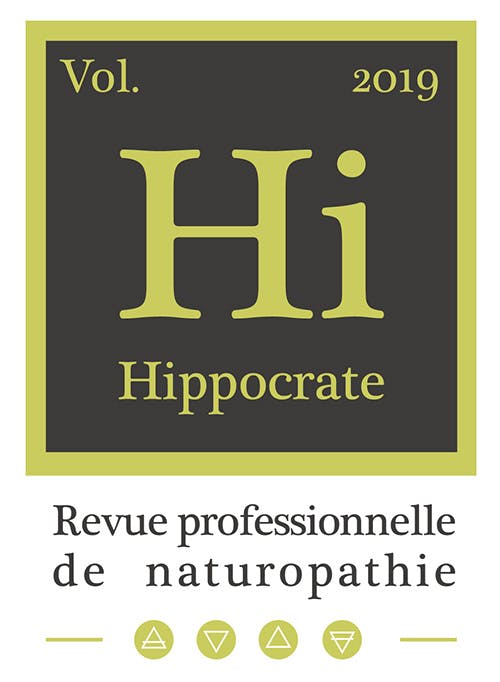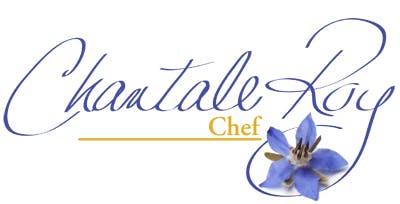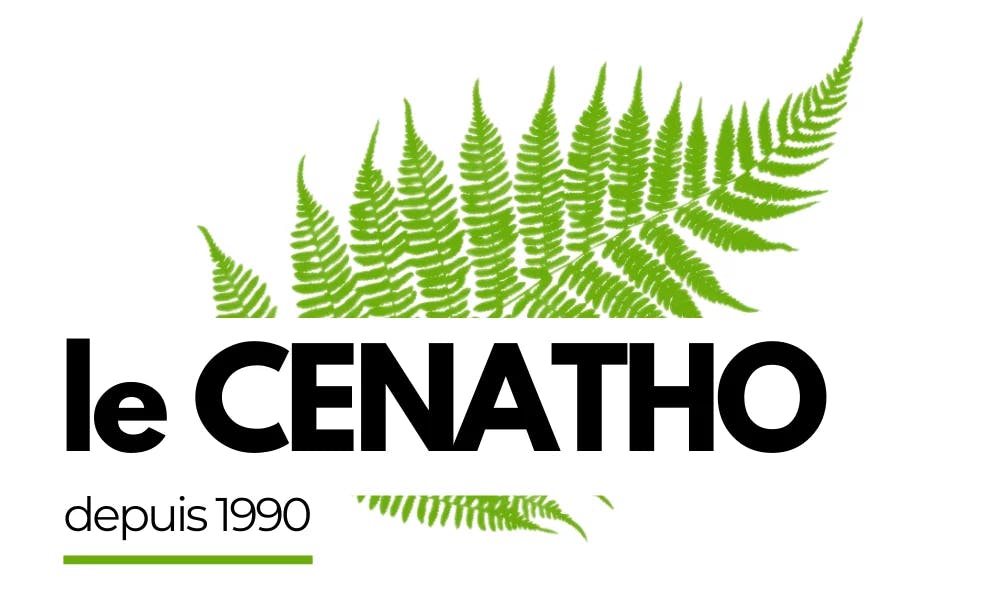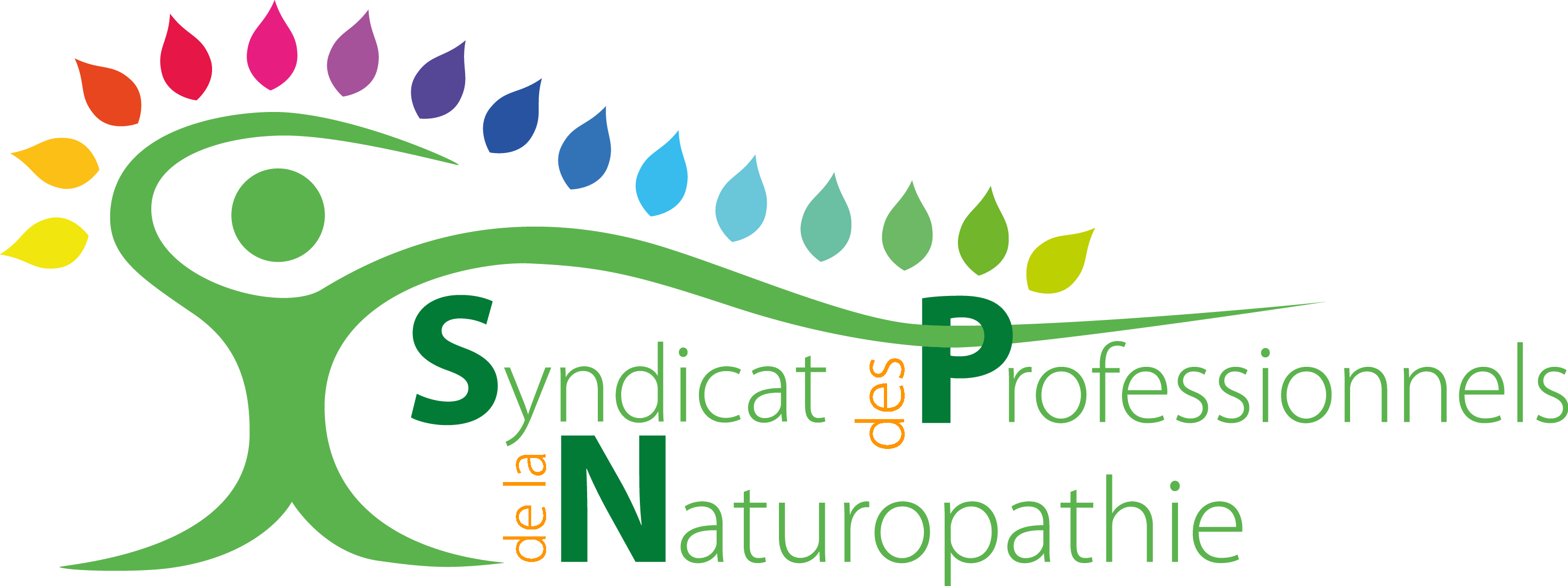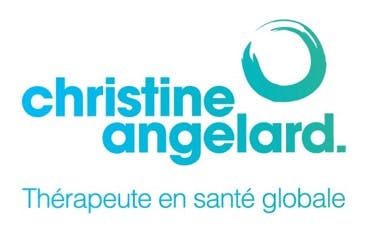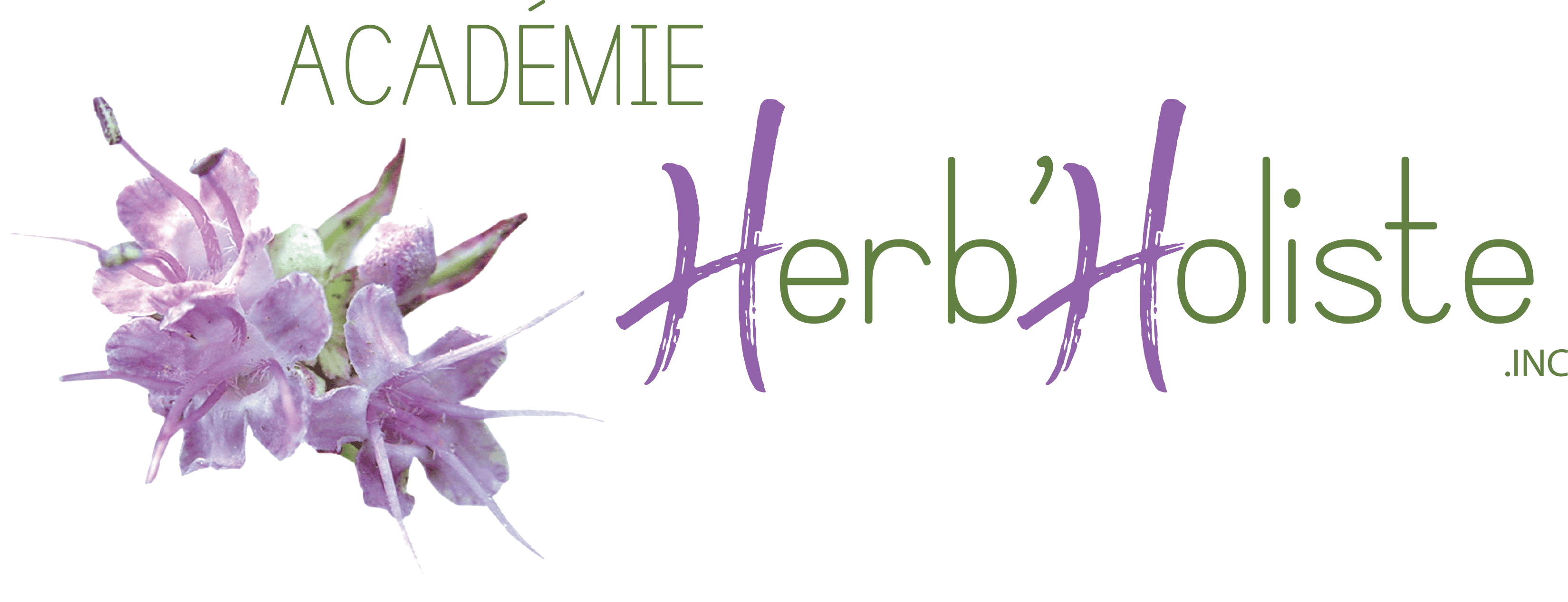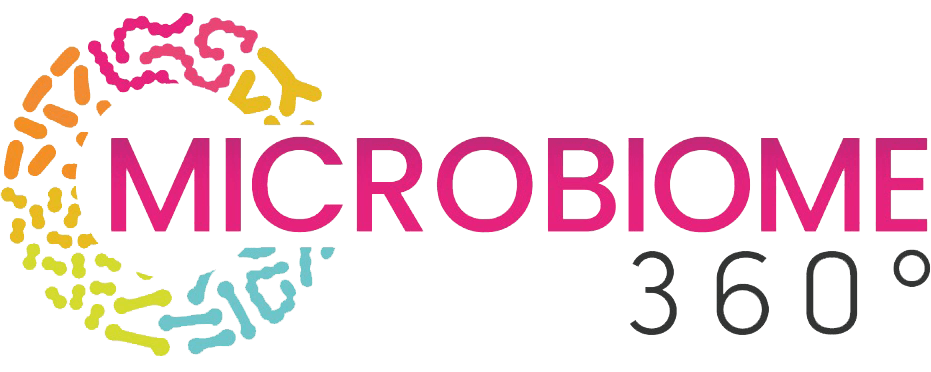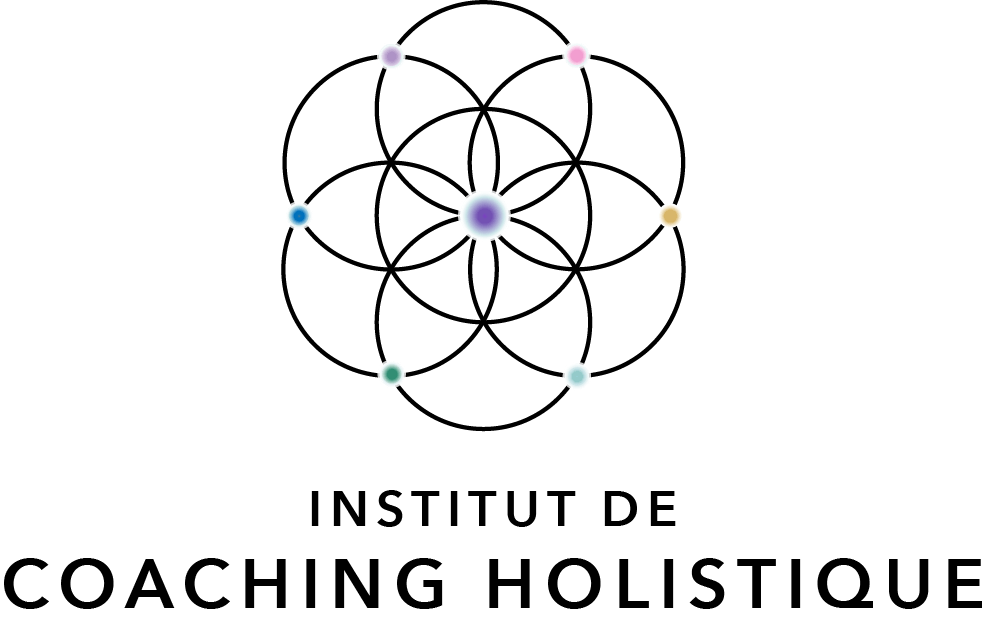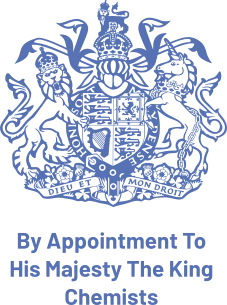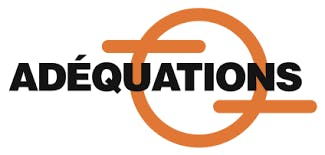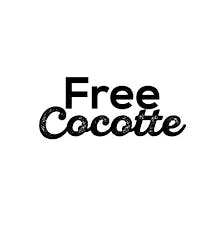Energy Regulation
This second course in Chinese Energetics deepens the understanding of the Five Elements — Wood, Fire, Earth, Metal, and Water — the true pillars of traditional Eastern medical philosophy. Through this framework, students learn to view the body as a living, dynamic system in which every organ, emotion, and physiological function maintains a constant energetic dialogue with the others.
The course examines how imbalances among these elements manifest as physical, emotional, or functional disorders, and how harmony can be restored through targeted interventions. Each element is explored through its key correspondences — organs, seasons, flavors, colors, and climates — offering a holistic reading of the energetic terrain and the underlying causes of illness.
A significant portion of the course is dedicated to the mapping of energy points and their clinical applications. Students learn how to select points based on specific imbalances, as well as how to apply stimulation techniques such as acupressure, moxibustion, energetic massage, and acupuncture.
At the crossroads of theory and practice, this course represents a pivotal step in the study of Chinese Energetics. It provides the tools to understand the subtle interactions within the body’s systems and to intervene with precision and sensitivity on the energetic level — always in harmony with the individual’s vital balance.
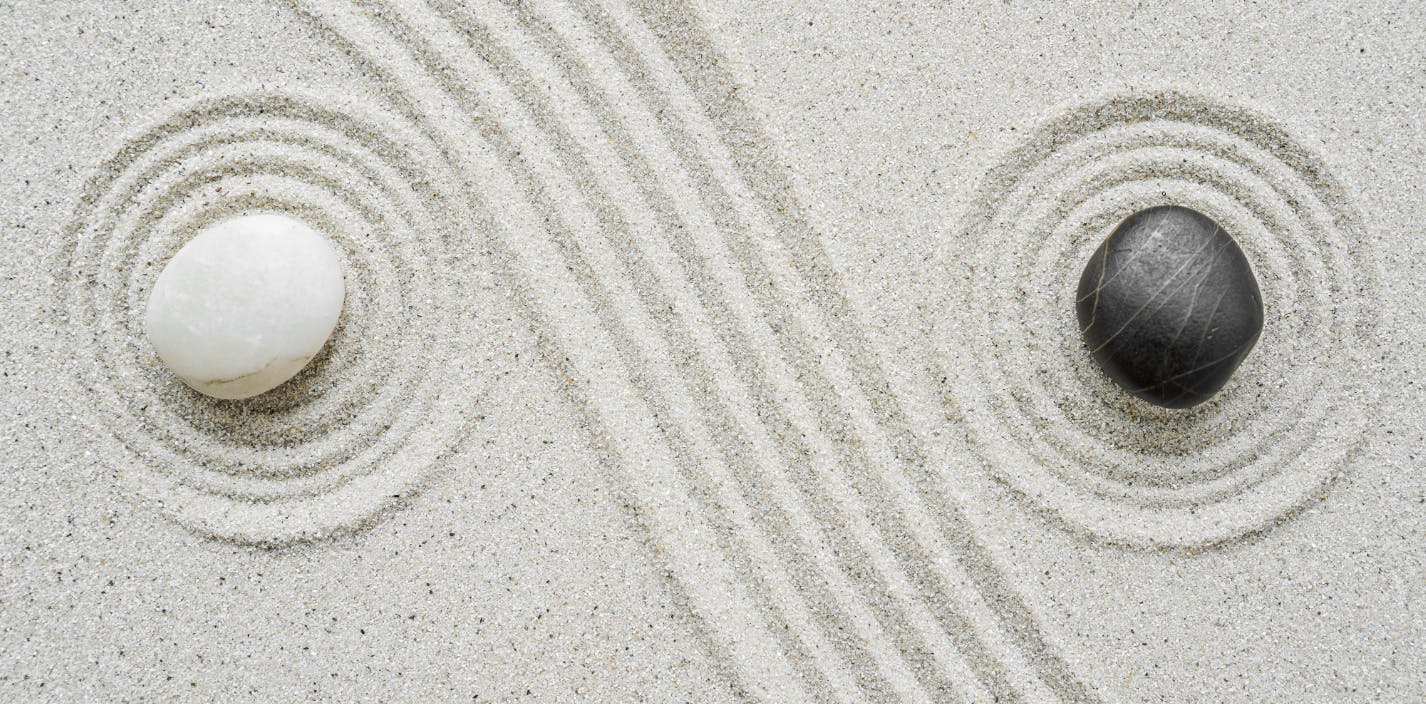
Included teaching methods:
- E-Learning training: an interactive, motivating, and effective learning method.
- Printable course workbooks
- Online exams
- Access to the student centre
- Videos and virtual library.
Course content description
Student Guide
- Change the due date
- Teaching method and required work
- Getting in touch
- Start the study
- Answer the questions
- Self-correct
- Plan your work schedule
- Exam
- Sending activities to the College
- Course objectives
- References
Chapter 1
The five elements
- Theory of the five elements
- Correspondence chart
- The balance of the five elements
- The engendering cycle of the five elements
- The destruction cycle
- Physiology
- Pathology
- Encroachment and contempt
- Diagnostic principle
- The syndrome
- Knowledge review
- Activity 1
Chapter 2
Energy points
- Description, definition
- Antique points
- Ting (the well)
- Long (the source)
- Lu, or Iunn (the absorption)
- King (the derivation)
- Ho (the depth)
- Usage principle
- To remember
- Tonification principle according to the five elements
- Tonification according to the season
- Use of "LO" points
- Use of "SHU" and MO points
- Use of "TSRI" points
- Use of "curious" points
- Use of "special action" points
- Principles of locating points
- Digital measurement
- Anatomical location
- Bone measurement
- Knowledge review
- Activity 2
Chapter 3
- Determining polarity
- Introduction
- General syndromes
- Global yin yang
- Balancing treatment for yang excess
- Balancing treatment for yin excess
- Balancing treatment for yang deficiency
- Balancing treatment for yin deficiency
- General balancing treatment
- Pain
- Pain treatment
- Meridian syndromes
- Triple heater (+)
- Heart Master (-)
- Heart (-)
- Lungs (-)
- Liver (-)
- Spleen Pancreas (-)
- Stomach (+)
- Kidney (-)
- Large intestine (+)
- Small intestine (+)
- Gall bladder (+)
- Bladder (+)
- In conclusion
- Knowledge review
- Activity 3
Chapter 4
- Energy treatment
- Use of opening points
- Governor Vessel
- Conception Vessel
- TAI MO Belt Vessel
- TCHONG MO
- YANG QIAO MO
- YIN QIAO MO
- YANG WEI
- YIN WEI
- Therapeutic index of key points
- Use of group "lo"
- The group "lo", basic method
- The group "lo", advanced method
- Stimulating a meridian
- Use of the tonification and dispersion point
- Use of the opposite point
- Use of other points
- Use of coupled meridians
- About foundational treatment
- Knowledge review
- Activity 4
Chapter 5
- Skin stimulation methods
- General notions of oriental massage
- Duration
- Frequency
- Advice
- Massage techniques
- 1 Tui (push)
- 2 Na (vibratory pinch)
- 3 An (pressure)
- 4 Mo Fa (friction)
- 5 Kim Fa
- 6 Nieh Fa (kneading)
- 7 Cha Fa
- 8 Po Fa (percussion)
- Stimulation devices
- Sounds or mechanical vibrations
- Electropuncture
- Digito-puncture
- Moxibustion
- Heat or moxibustion
- Moxa powder
- Technique
- Advice
- Knowledge review
- Activity 5
Answer Keys
- Answer key for Activity 1
- Answer key for Activity 2
- Answer key for Activity 3
- Answer key for Activity 4
- Answer key for Activity 5
- Index
Point Locations
- Lungs
- Large Intestine
- Stomach
- Spleen-Pancreas
- Heart
- Small Intestine
- Bladder
- Kidneys
- Heart Master
- Triple heater
- Gall bladder
- Liver
- Conception vessel
- Governor vessel
Graded Activities
- Course 462 Energy Regulation
- Instructions
Evaluation Questionnaire
- Course 462 answer grid
- Course 462 validation sheet


